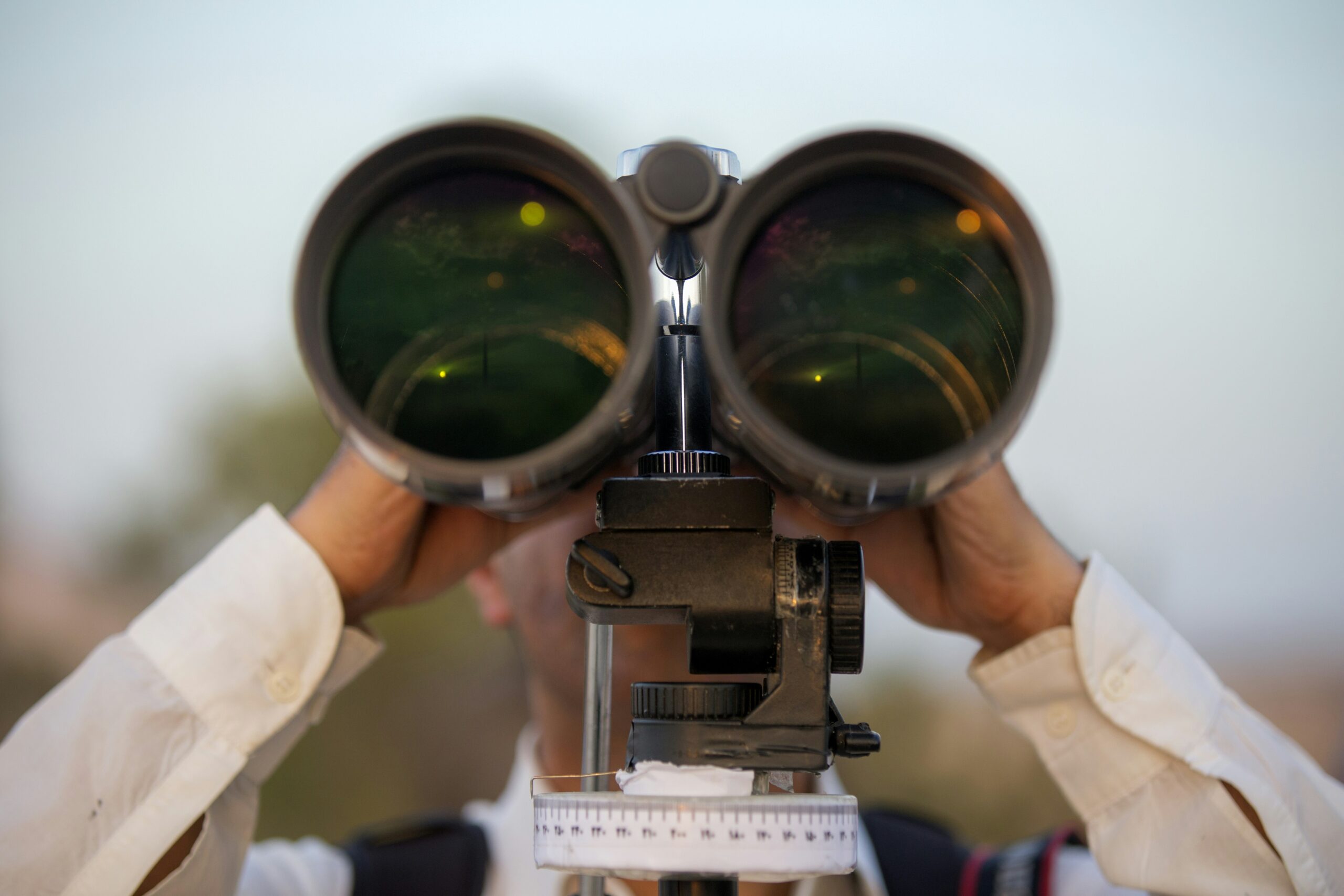Have you ever found yourself in a conversation about birding binoculars and wondered why everyone seems to emphasize the lens diameter? It might seem like a trivial detail at first, but the truth is, it can significantly enhance your bird-watching experience. Let’s embark on this journey to unravel the importance of lens diameter in your birding adventure.
Understanding Birding Binoculars
Birding binoculars are essential tools for bird watchers. They allow you to observe birds in their natural habitats without disturbing them. The role of every component in binoculars is crucial. However, the lens diameter holds a special place due to its direct impact on the quality of your viewing experience.
Basics of Binocular Anatomy
Before delving into lens diameter, it’s beneficial to understand the basic anatomy of binoculars. Every pair of binoculars consists of two parallel telescopes attached side by side, equipped with magnifying lenses and prisms. Key components include the eyepiece, objective lens, and focusing wheel. Each plays a unique role, but it’s the objective lens’s diameter, commonly referred to as the lens diameter, that we’re focusing on today.
What Does Lens Diameter Mean?
Lens diameter, often displayed in a format such as 10×42, refers to the measurement of the objective lenses in millimeters. In this example, “42” denotes the diameter of the lens. The diameter dictates how much light can enter the binoculars, influencing the brightness and clarity of the image as you observe our feathered friends.
The Role of Lens Diameter in Birding
The diameter of the lens is essential because it affects several aspects of your bird-watching experience, such as light-gathering ability, field of view, and the overall weight of the binoculars.
Light-Gathering Capacity
The larger the lens diameter, the more light it can gather. This is crucial for birding because optimal light conditions aren’t always available when you’re out in nature. Whether you’re birdwatching at dawn, dusk, or in a shaded forest area, a larger lens diameter can significantly improve the visibility and definition of birds by allowing more light into the lens.
Influencing Image Brightness and Clarity
Good light-gathering ability enhances image brightness and clarity, pivotal for identifying birds accurately. Larger lenses excel in low-light conditions, making them a reliable choice for spotting elusive or camouflage birds. They illuminate fine details in feathers and colors that might be lost with smaller lenses.
Field of View Considerations
The field of view, which refers to the width of the observable area, is another aspect impacted by lens diameter. Binoculars with a larger lens often provide a broader field of view, allowing you to track moving birds easier and catch more of their natural behavior.

Size and Weight Implications
Larger lenses often mean heavier binoculars, so while they perform better in low-light conditions, they can also be cumbersome, especially over extended periods of bird-watching. So, it’s vital to balance between the benefits of a larger diameter and the practicality regarding weight and ease of use.
Finding the Right Balance
When choosing binoculars, balance is key. You might appreciate a larger lens’s enhanced visuals, but if they’re too heavy to wield comfortably, they might take away from the joy of birding. It’s essential to consider how far you’ll be traveling, the birds you aim to watch, and your physical capacity to handle specific weights.
Role of Personal Preference
Every birder has unique needs and preferences. Some might prioritize a lightweight model for all-day excursions, while others will appreciate the pristine clarity provided by a larger lens. Trying different models to find what feels best can make a world of difference in your birding enjoyment.
The Science Behind Optical Performance
Beyond convenience, lens diameter impacts budgetary and scientific factors as well. Understanding how it interacts with magnification and resolves images gives a broader perspective on its importance.
Relation to Magnification
While magnification is another critical metric (the first number in lines like “10×42”), the lens diameter complements it by enhancing the image’s quality and stability. A higher magnification requires more light, and thus, larger lens diameters can support this need without degrading image quality.
Resolution and Detail
Higher resolution and detail are directly influenced by lens diameter. Quality lenses seamlessly blend magnification with lens aperture to offer superior detail. This level of detail can distinguish between similar-looking species, valuable for both amateur and seasoned birders.

Cost Versus Benefit
Naturally, high-quality birding binoculars with larger lenses typically come at a higher price. This can pose a question about the cost-effectiveness of opting for such models.
Is Bigger Always Better?
More expensive models with larger lens diameters do provide better performance, but “better” isn’t always synonymous with “necessary.” It’s about determining what suits your needs without overspending for features you might not use often.
Practical Approach to Buying
Deciding on lens diameter should align with how and where you intend to use your binoculars. For open spaces and bright lighting conditions, smaller, lightweight options might serve well, while for deep forests or twilight birding, investing in a larger diameter could pay off.
Maintenance and Durability Concerns
As with any optical equipment, proper maintenance is necessary to prolong the life of your birding binoculars, especially those with larger, more sensitive lenses.
Caring for Your Lenses
Proper cleaning and storage will help maintain clarity and function. Since larger lenses are more prone to dust and smudges, using lens cleaning solutions and soft cloths is crucial. Adequate storage to prevent scratches or impact damage ensures your equipment remains in top condition.
Durability Considerations
When investing in higher-priced binoculars, considering their durability will ensure longevity. Features such as weatherproofing and shock resistance can preserve functionality, making your significant investment worthwhile.

Comparing Popular Birding Binocular Models
Let’s explore some popular binocular models that highlight variations in lens diameter and what they offer. The following table can serve as a preliminary guide to understanding these differences:
| Model | Magnification x Lens Diameter | Weight | Field of View | Price Range |
|---|---|---|---|---|
| Model A | 8×32 | Light | Medium | $$ |
| Model B | 10×42 | Medium | Wide | $$$ |
| Model C | 12×50 | Heavy | Narrow | $$$$ |
Model Analysis
- Model A: Perfect for lighter, casual birding experiences, offering adequate light with balanced weight.
- Model B: A good choice for general purpose, presenting a wide vista for birding across varied conditions.
- Model C: Best for dedicated hobbyists needing precision and detail, especially in low-light bird sightings, though it’s heavier and pricier.
Making an Informed Decision
Understanding the significance of the lens diameter can vastly improve your bird-watching experience by aligning your equipment with your birding needs. Remember the balance between lens size, weight, clarity, cost, and intended use to find the perfect companion for your nature explorations.
Final Tips
When you’re out to choose your binoculars, keep a checklist in mind:
- Evaluate where and when you’ll use them.
- Consider your comfort with various weights.
- Ensure you’re not overspending on features you won’t use.
- Try out different models whenever possible to find your best fit.
Happy bird watching awaits those who make thoughtful choices tailored to their unique needs and preferences as they connect with nature. Enjoy the pursuit of sighting diverse bird species with the right lens diameter guiding your gaze!
